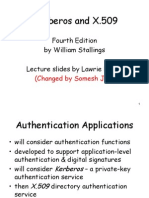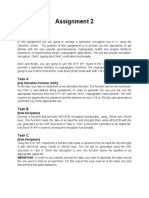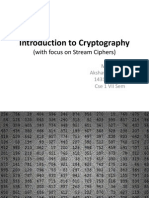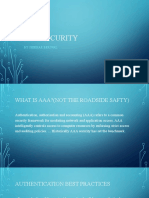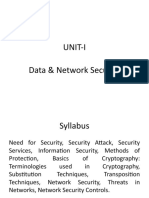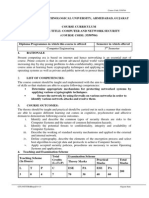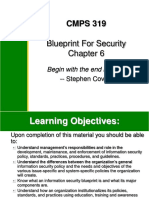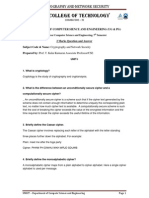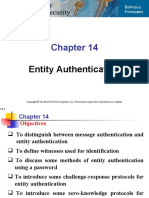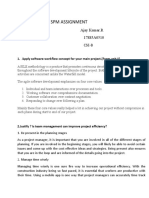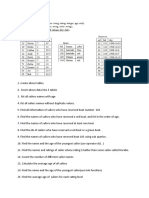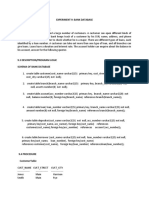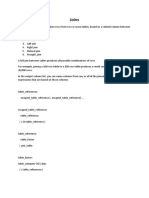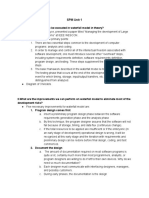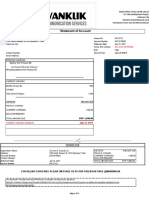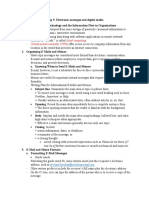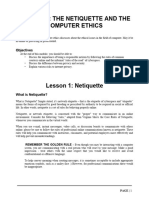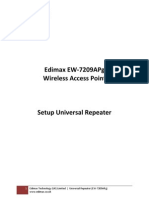0% found this document useful (0 votes)
280 views33 pagesCryptography and Network Security: Fourth Edition by William Stallings
This document summarizes Kerberos and X.509, two authentication standards. It describes Kerberos as a centralized private key system that allows users to access distributed services through a trusted authentication server. It then explains the key aspects of Kerberos version 4 and 5. It also summarizes X.509 as a public key authentication framework used in directories that defines certificate formats and authentication protocols using digital signatures. It outlines the contents of X.509 certificates and describes how certification authorities issue and revoke certificates.
Uploaded by
prudhvi chowdaryCopyright
© © All Rights Reserved
We take content rights seriously. If you suspect this is your content, claim it here.
Available Formats
Download as PPT, PDF, TXT or read online on Scribd
0% found this document useful (0 votes)
280 views33 pagesCryptography and Network Security: Fourth Edition by William Stallings
This document summarizes Kerberos and X.509, two authentication standards. It describes Kerberos as a centralized private key system that allows users to access distributed services through a trusted authentication server. It then explains the key aspects of Kerberos version 4 and 5. It also summarizes X.509 as a public key authentication framework used in directories that defines certificate formats and authentication protocols using digital signatures. It outlines the contents of X.509 certificates and describes how certification authorities issue and revoke certificates.
Uploaded by
prudhvi chowdaryCopyright
© © All Rights Reserved
We take content rights seriously. If you suspect this is your content, claim it here.
Available Formats
Download as PPT, PDF, TXT or read online on Scribd
/ 33

